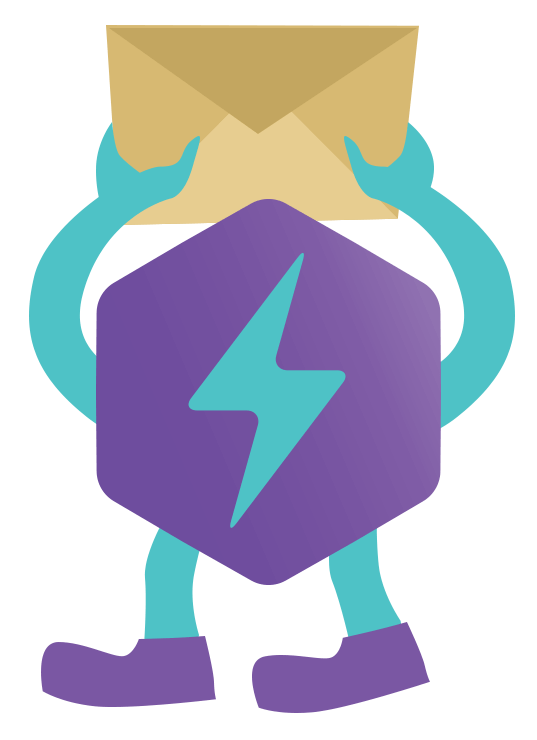Cryptocurrency and artificial intelligence (AI) are two revolutionary technological realms that are rapidly reshaping the digital landscape. Ethereum co-founder Vitalik Buterin has recently shared his thoughts on the potential intersections and challenges when these two domains converge. In this blog post, we will consolidate insights from two different sources to provide a comprehensive understanding of Buterin’s views on the integration of crypto and AI.
The Intersection of Crypto and AI
Buterin categorizes the intersection of cryptocurrency and AI into four key areas:
1. AI as a Player in a Game: In this category, AI becomes an active participant in mechanisms where incentives are derived from a protocol that involves human inputs. This approach, similar to decentralized market-based reinforcement learning with human feedback, holds great promise for enhancing the efficiency of systems by introducing AI as micro-scale players. However, it’s essential to tread carefully, as the integration of AI in this manner can have its challenges.
2. AI as an Interface to the Game: Here, AI serves as an interface to the crypto space, assisting users in understanding the complex world of cryptocurrencies. It plays a role in ensuring that user behavior aligns with their intentions and protects them from potential scams. While this category offers valuable benefits, it also introduces concerns related to security and privacy, as AI models can be vulnerable to adversarial attacks.
Related: Dominant Trends of Blockchain Tech on The Horizon
3. Blockchains, DAOs, and AIs: This category involves direct interaction between blockchains, decentralized autonomous organizations (DAOs), or similar mechanisms, and AI systems. The concept of creating “AI judges” within these decentralized systems is intriguing but requires caution due to the inherent biases and complexities associated with AI systems.
4. Prediction Markets and AIs: Vitalik Buterin emphasizes the growing role of AIs in prediction markets. These AIs have the potential to address challenges faced by traditional prediction markets, such as thin markets and limited human participation. Their ability to efficiently integrate real-time information can revolutionize this domain.
Related: AI Cryptos Eyeing the $3 Billion Horizon

Challenges and Considerations
While the integration of AI and crypto offers a multitude of use cases, it is not without its challenges. Buterin highlights the need for caution, particularly in terms of security, transparency, and ethical implications. AI models, while powerful, can be susceptible to adversarial attacks, making their application in the crypto space a delicate endeavor.
As the crypto and AI landscapes continue to evolve, the careful consideration of these intersections is crucial. Some applications, where the underlying mechanisms remain largely unchanged, hold immediate promise. However, applications aiming to create decentralized, trusted AI present more complex challenges that require thorough examination and responsible deployment.
In conclusion, the insights provided by Ethereum’s Vitalik Buterin shed light on the exciting possibilities and potential pitfalls of integrating cryptocurrency and artificial intelligence. As these technologies continue to advance, the responsible exploration of their convergence is essential to harness their full potential while mitigating associated risks.
Source: Vitalik Buterin
Suggested for you: Blockchain Technology: The Future Authenticator of AI, Says Rep. Emmer









